After five years of deflation, shop prices have increased for the second month in a row, latest data from the British Retail Consortium (BRC) Shop Price Index shows.
In September, shop price inflation inched up to 0.2% from 0.1% in August.
Fresh food inflation accelerated to 1.6% in September from 1.5% in August, while ambient food inflation slowed to 2.4% in September from 2.5% in August.
Non-Food deflation eased slightly in September to 0.9% from 1.0%.
BRC chief executive Helen Dickinson said: “Overall shop prices were inflationary for the second month in a row in August, the first time in five years that prices have risen in two consecutive months.
“Global commodity conditions, in particular oil prices, would indicate that there are likely to be further inflationary pressures in the short to medium term which could lead to further price rises.
“This would be worrying enough for hard-pressed British consumers if we weren’t staring down the barrel of a no-deal’ Brexit. Food prices alone have now been inflationary for more than a year and the BRC estimates that consumers could face up to a 29% increase in prices of products such as beef in the event of a no-deal.”
She added: “Time is running out for the government to deliver a Brexit deal with a workable backstop arrangement and a clear transition period. This is not good news for UK shoppers who out of all the stakeholders in the Brexit process ultimately have the most to lose.”
Nielsen’s head of retailer and business insight, Mike Watkin, added: “Despite the return of wage growth across the economy, there continues to be pressure on the consumer wallet in particular from higher energy and travel costs.
“The good news for shoppers is that shop price inflation continues to lag the Consumer Price Index and with the start of the Golden Quarter, and uncertainty around the underlying demand on the high street, retailers have been absorbing supply chain increases.
“Looking ahead we expect shoppers to maintain their grocery spend by making savings elsewhere in their overall household expenditure.”










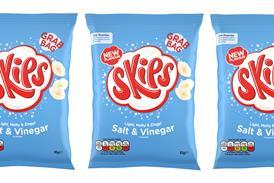









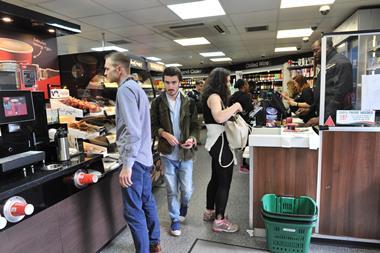

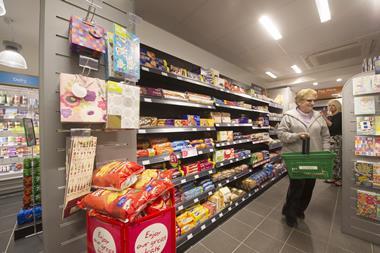
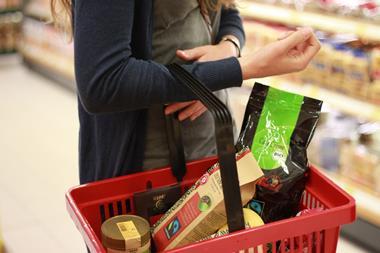


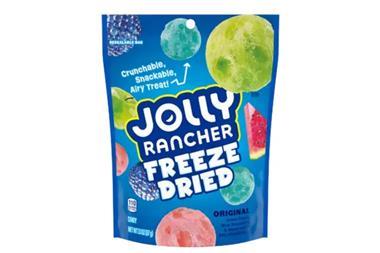




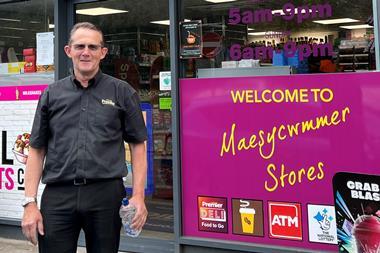
No comments yet